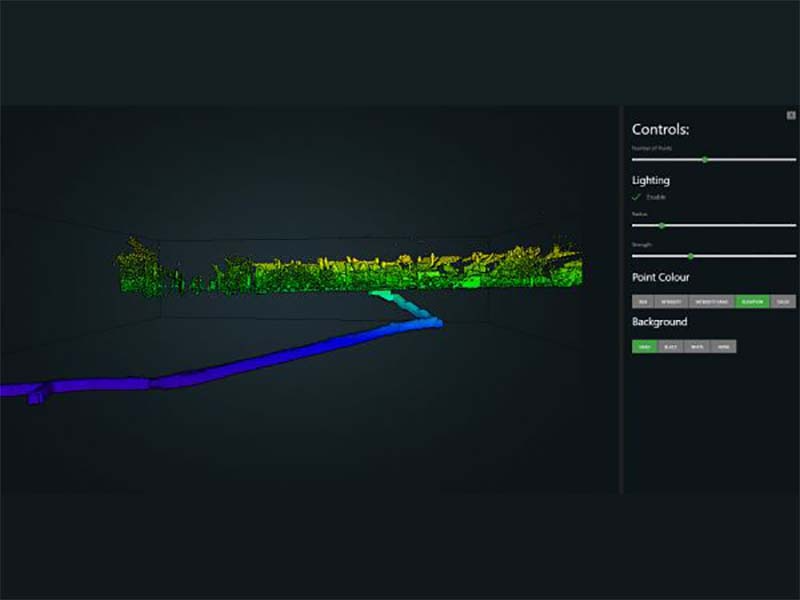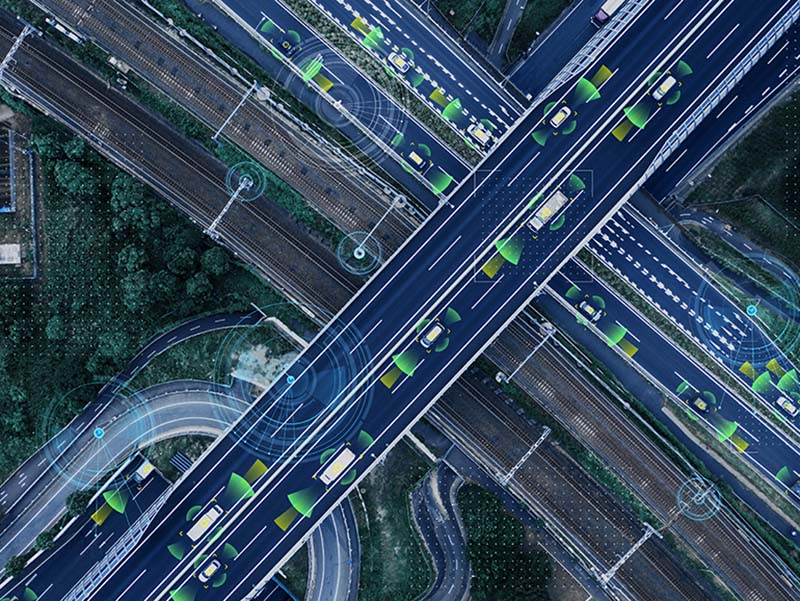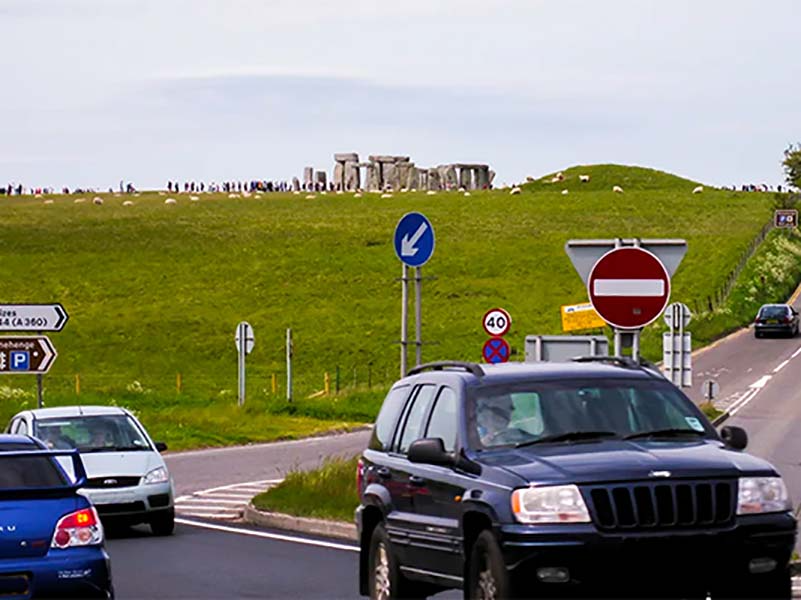If you have a project which could benefit from Topographic Surveys or Land Surveys call 01438 841300 or email enquiries@terrainsurveys.co.uk. Alternatively, enquire online to get started, and a member of our team will be in touch to discuss your requirements.



